Wood Marsh shows us how placemaking is done via Piccolo House, a new mixed use building in South Melbourne for local boutique property developer, Piccolo.

Contrary to what its name might suggest, the recently completed Piccolo House by Wood Marsh is neither small, nor in keeping with the conventional definition of a house. Occupying a unique island site, the mixed use development – part new build; part heritage restoration – holds a prominent position within South Melbourne’s vibrant urban milieu.
The project is the love child of Melbourne-based architecture practice Wood Marsh and Piccolo, a local boutique developer of luxury properties. The premise of the brief was to create a mixed use building for Piccolo, comprising a progressive build-to-rent multi-residence, topped off with a luxurious new company HQ and incorporating the restoration and reinstatement of a grand, commercially occupied Victorian terrace building inherited with the plot.

Embracing the ambitious and eclectic nature of the brief, Wood Marsh has responded with a design as bold as it is resolved. In juxtaposition with the quaint, colonial streetscape, a 5-storey brutalist monolith, artfully elevated with an array of coloured reflective glass, now emerges above and beyond.
Albeit a far cry from the Victorian façade of olde, the off-form concrete addition that becomes Piccolo House is a multi-faceted form spurred by contextual considerations. As with all projects by Wood Marsh, the building harbours a sense of reverence for place and an expressed commitment to give back to its public interface. In true Wood Marsh form, this is achieved through the incorporation of fine art throughout the design.
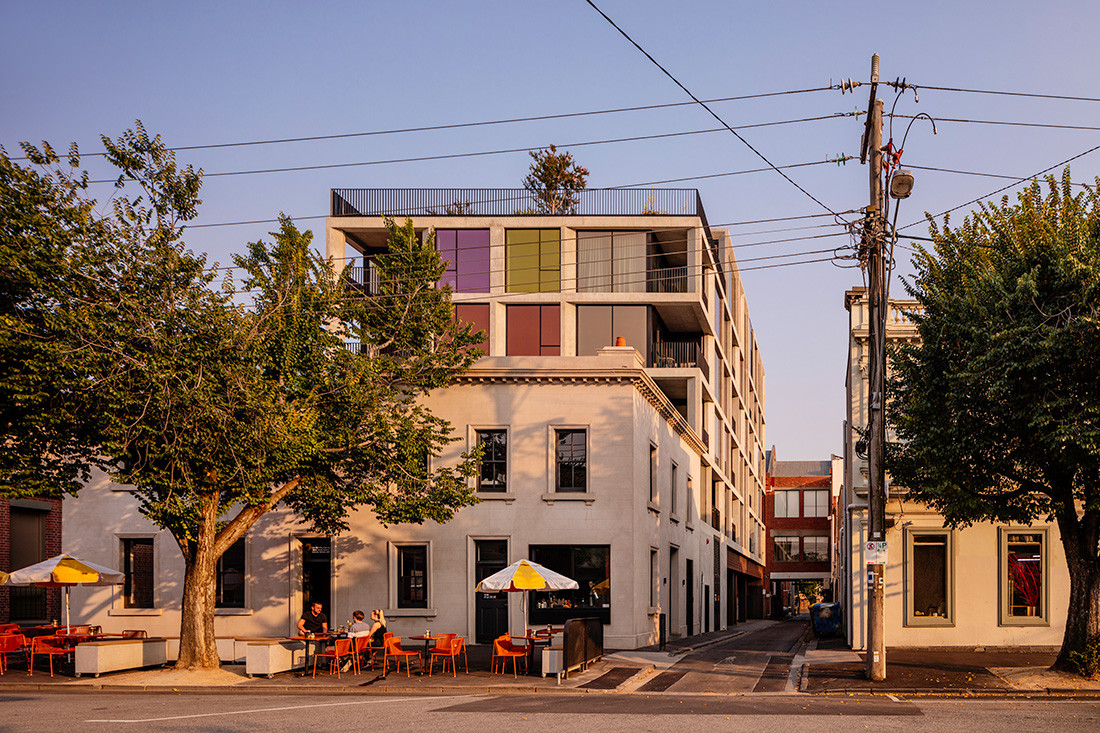
The coloured glaze of the generous windows subtly tunes the autumnal tones of the neighbouring laneway’s brickwork. At street level on the Charles Street face, Piccolo House nods to Richard Giblett’s paintings of a contemporary metropolis, reimagining it as a work of physical urban art made of Corten and various shades of steel.
The architecture and interior experiences are inherently connected. Entry into the building occurs via John Street where mirrored glass and blackened metal elevate the sense of arrival. The Lobby interior mimics its colourful exterior with autumnal tones of mirrored glass. Above sits four levels of well-crafted one and two-bedroom apartments, offering clear views of Melbourne’s urban skyline.
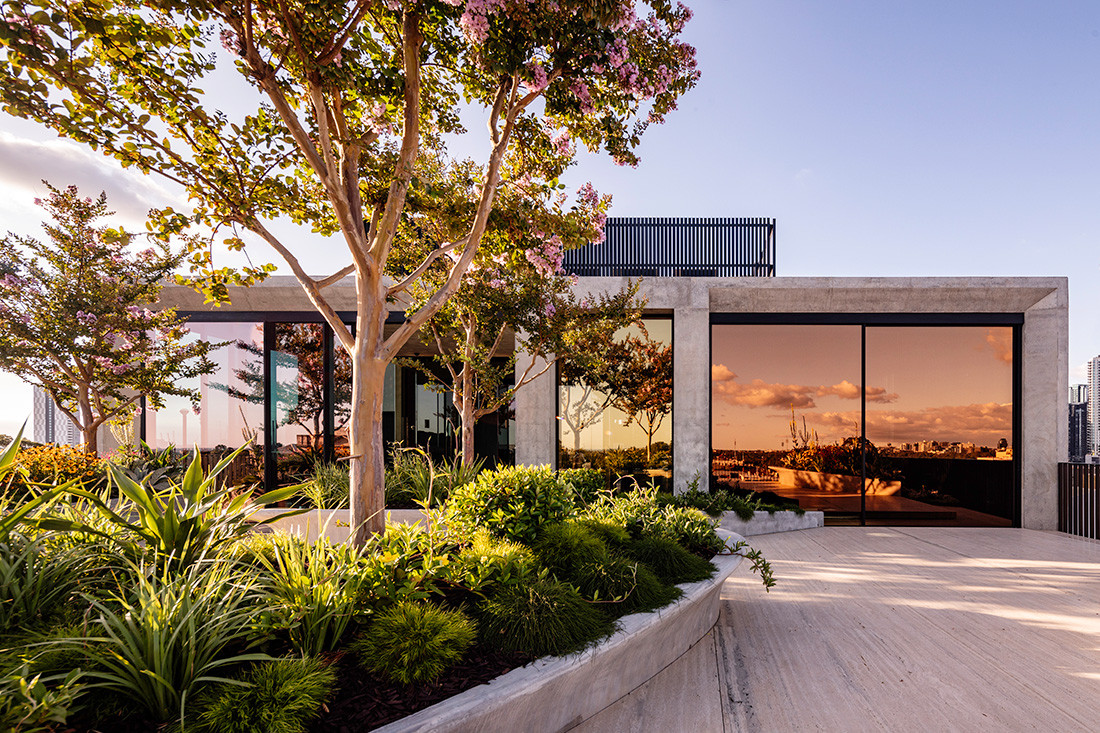

On the upper level, the Piccolo penthouse office reinforces the solidity of the building using silver travertine to make an appropriately elevated interior response to the overarching idea of stone being carved away. Imbued with the qualities of a high calibre residential project, the resulting palette is intentionally dark, timber, black and bronzed metal.
Effortlessly merging heritage and new, exterior and interior, commercial and residential Wood Marsh has designed a mixed use building that is a direct statement of the client’s values. Investing in longevity through commitment to quality design, Piccolo House stands as the embodiment of its developer and owner as a successful model of a progressive build-to-rent property and a new home for Piccolo’s own office.
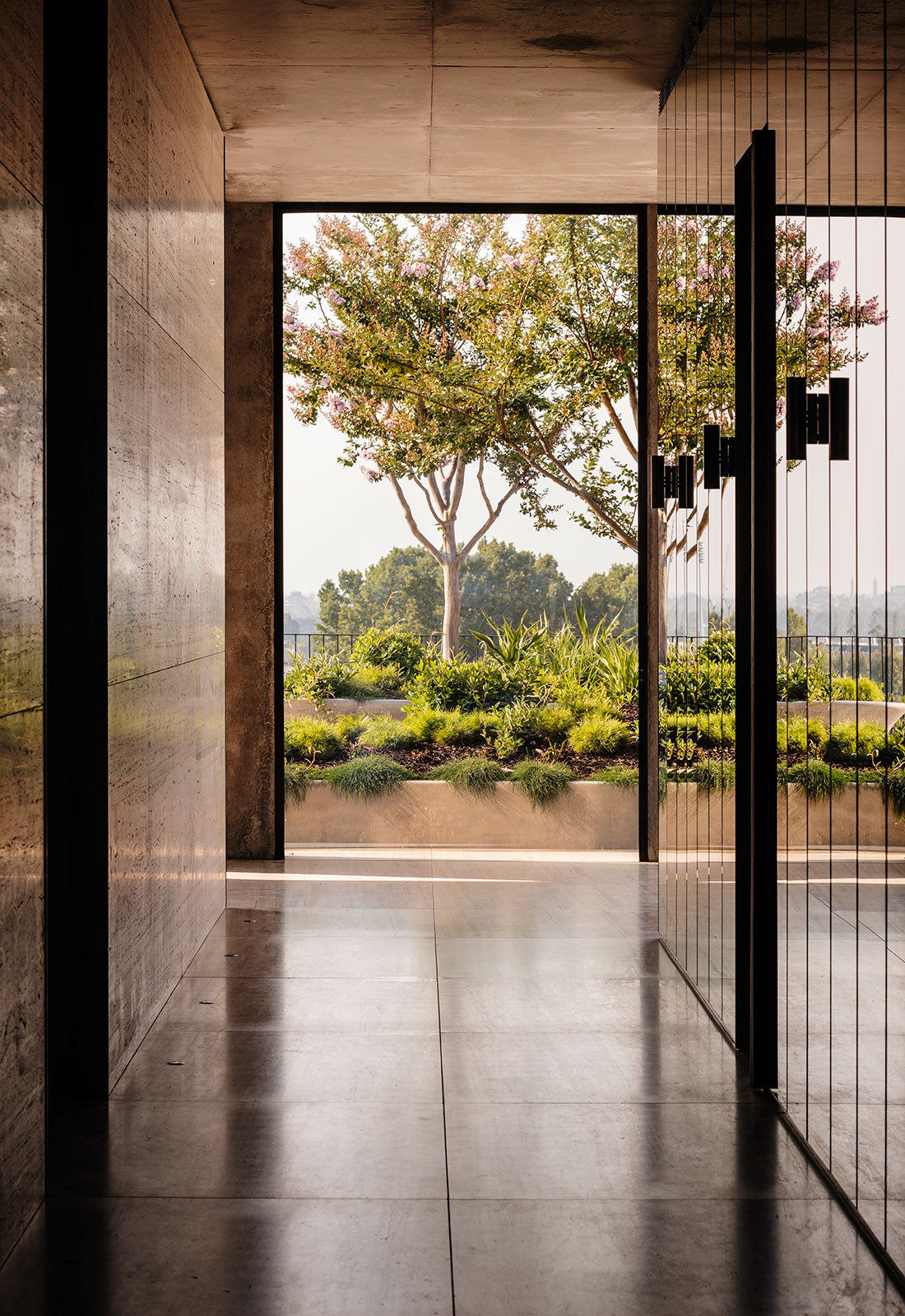
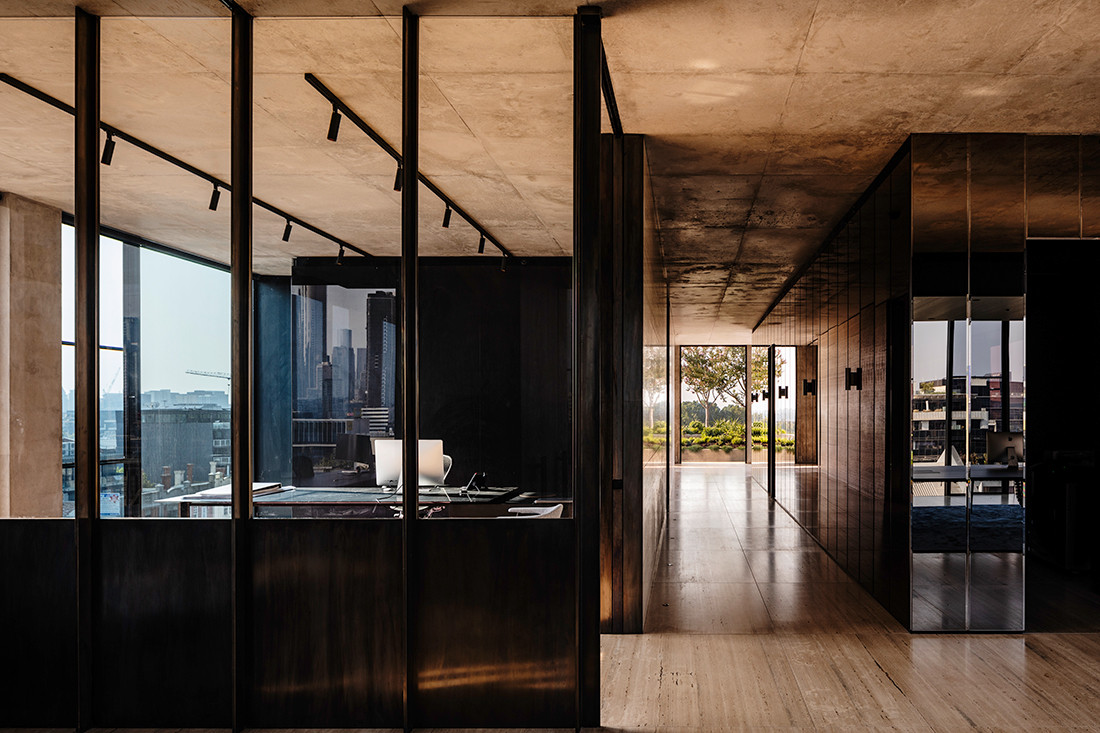
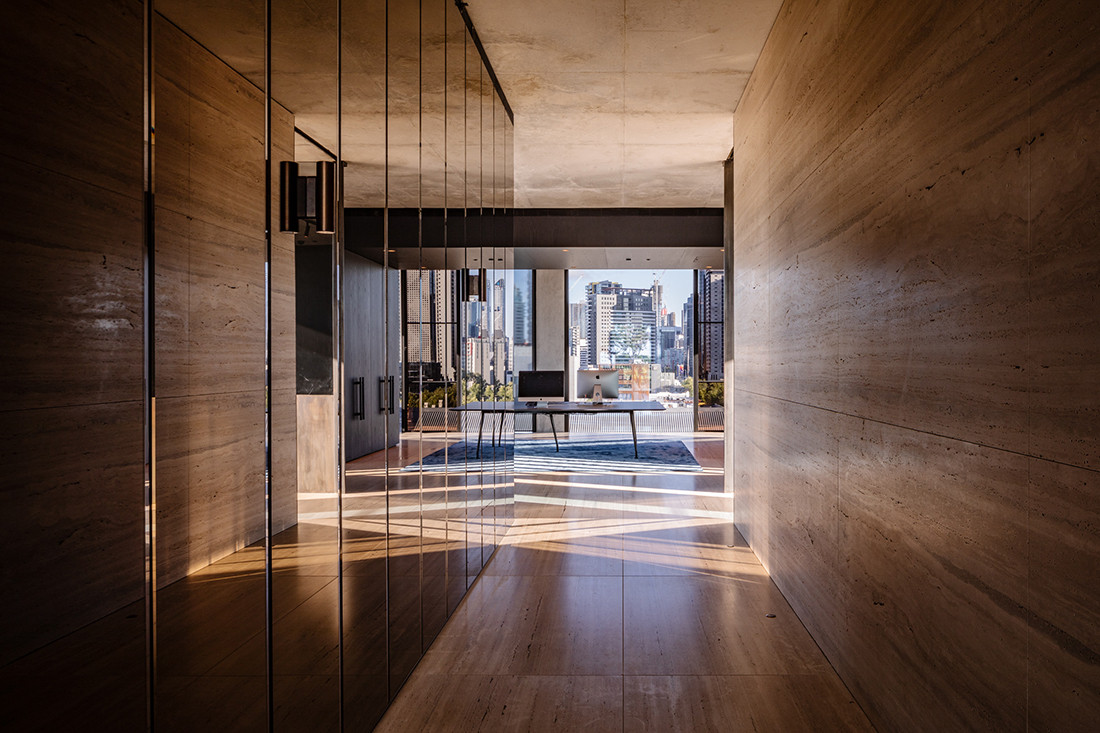


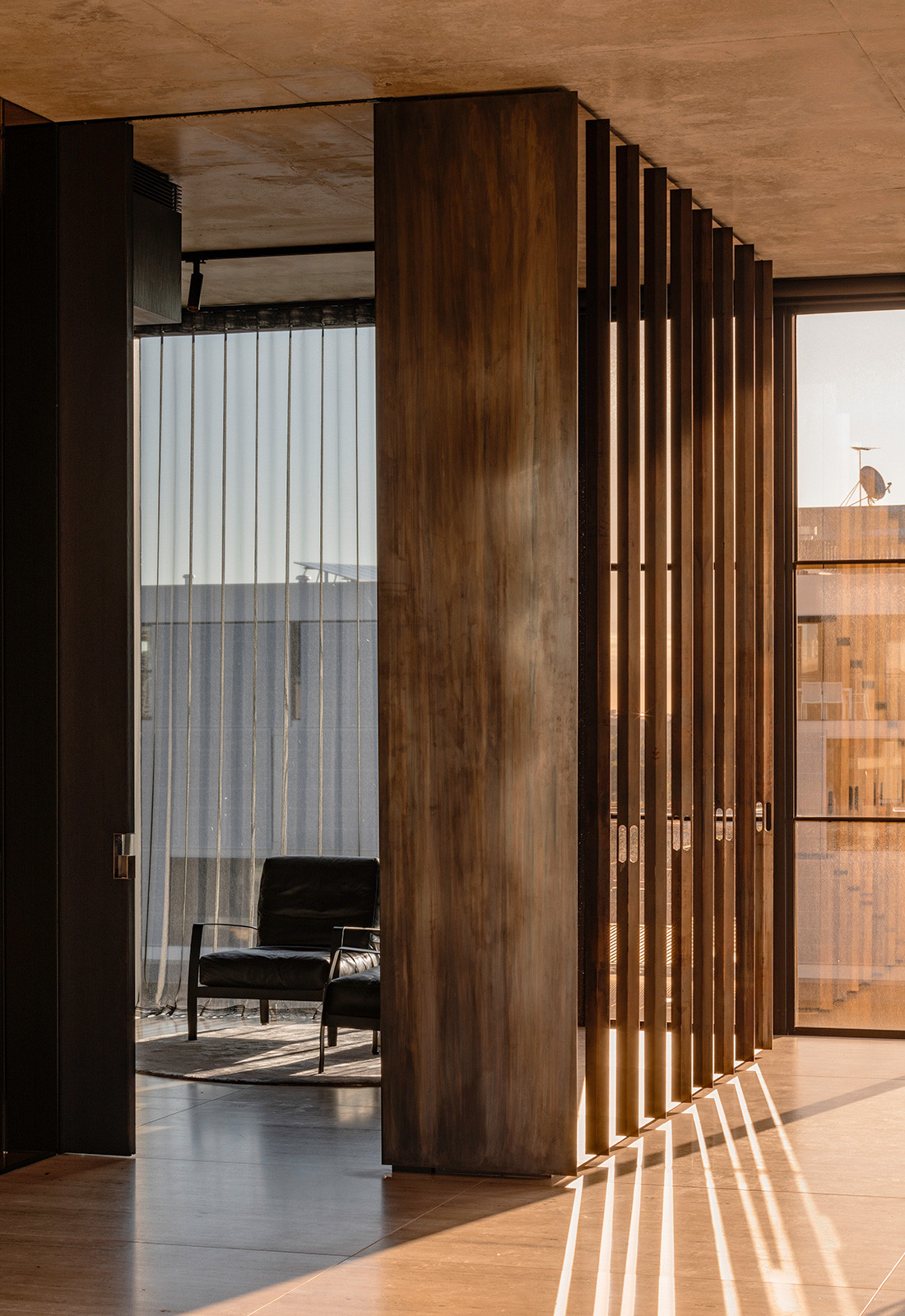




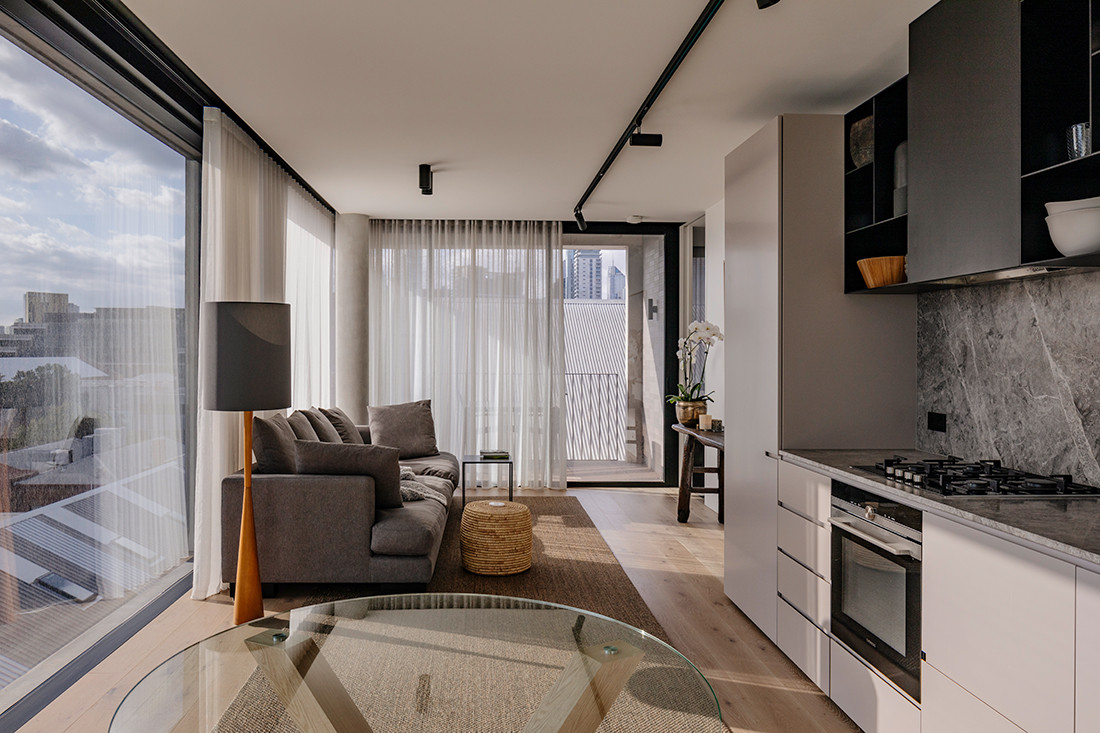

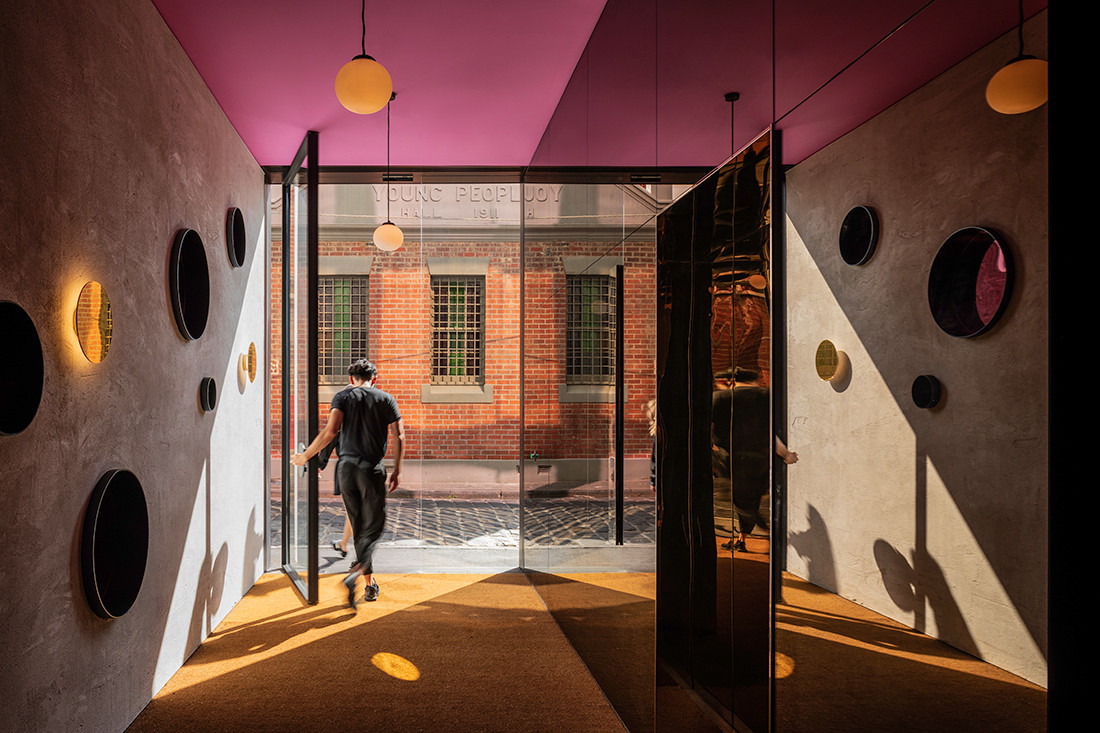
INDESIGN is on instagram
Follow @indesignlive
A searchable and comprehensive guide for specifying leading products and their suppliers
Keep up to date with the latest and greatest from our industry BFF's!
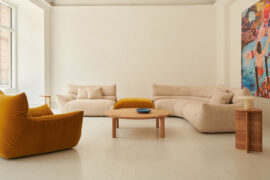
A curated exhibition in Frederiksstaden captures the spirit of Australian design

London-based design duo Raw Edges have joined forces with Established & Sons and Tongue & Groove to introduce Wall to Wall – a hand-stained, “living collection” that transforms parquet flooring into a canvas of colour, pattern, and possibility.

Curated by the Indesign editorial team and hosted at leading showrooms, the Design Discussions series provided thoughtful reflection and debate on key issues shaping the industry.

The use of a single colour as the pivotal and defining design strategy, the unconventional application of contemporary colour on heritage projects, and the softening of traditionally ‘hard’ building typologies were observed in the winning projects at the 39th Dulux Colour Awards.
The internet never sleeps! Here's the stuff you might have missed
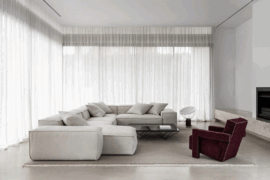
Harbro has it all – beautiful furniture designs that add a sophisticated touch to any room.
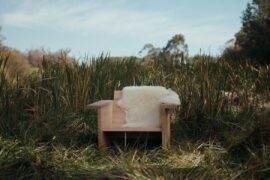
Mark Tuckey X Main Studio embrace the future with a new range of furniture that showcases the beauty of agroforestry timber.

As a supporter of the 2025 INDE.Awards, COLORBOND® steel recognises the importance of the next generation of architects who are leading the way in creativity and innovation to help design and sustain our future.